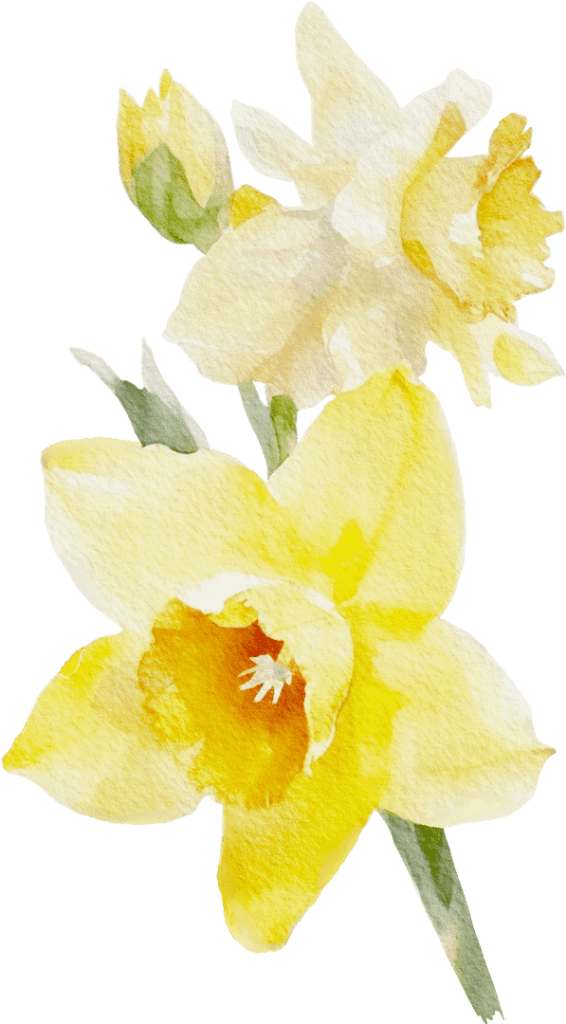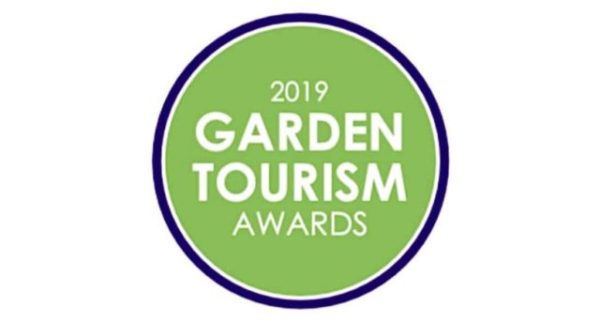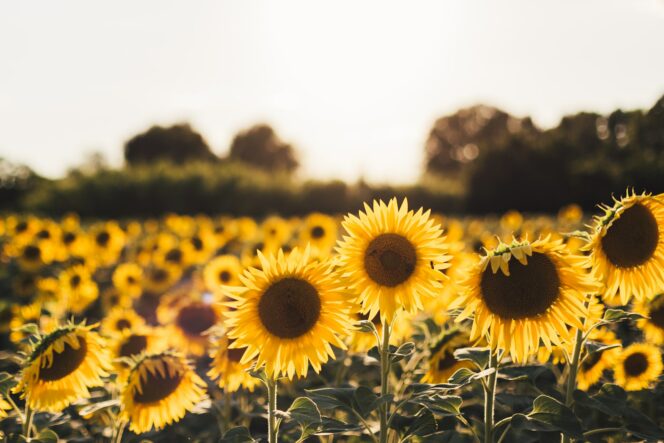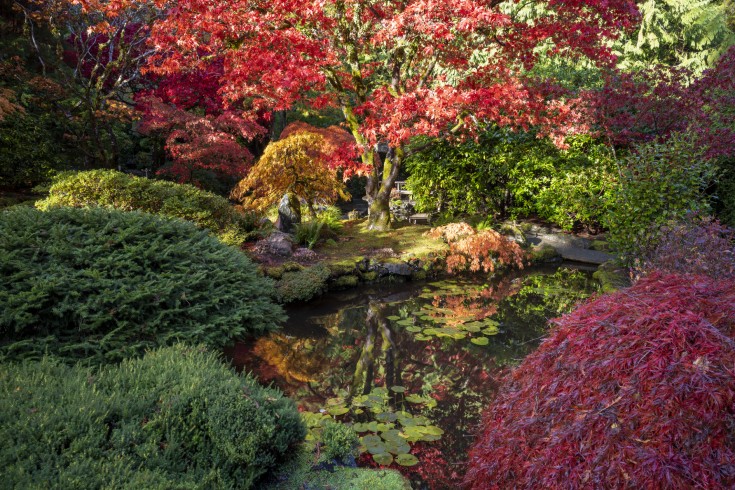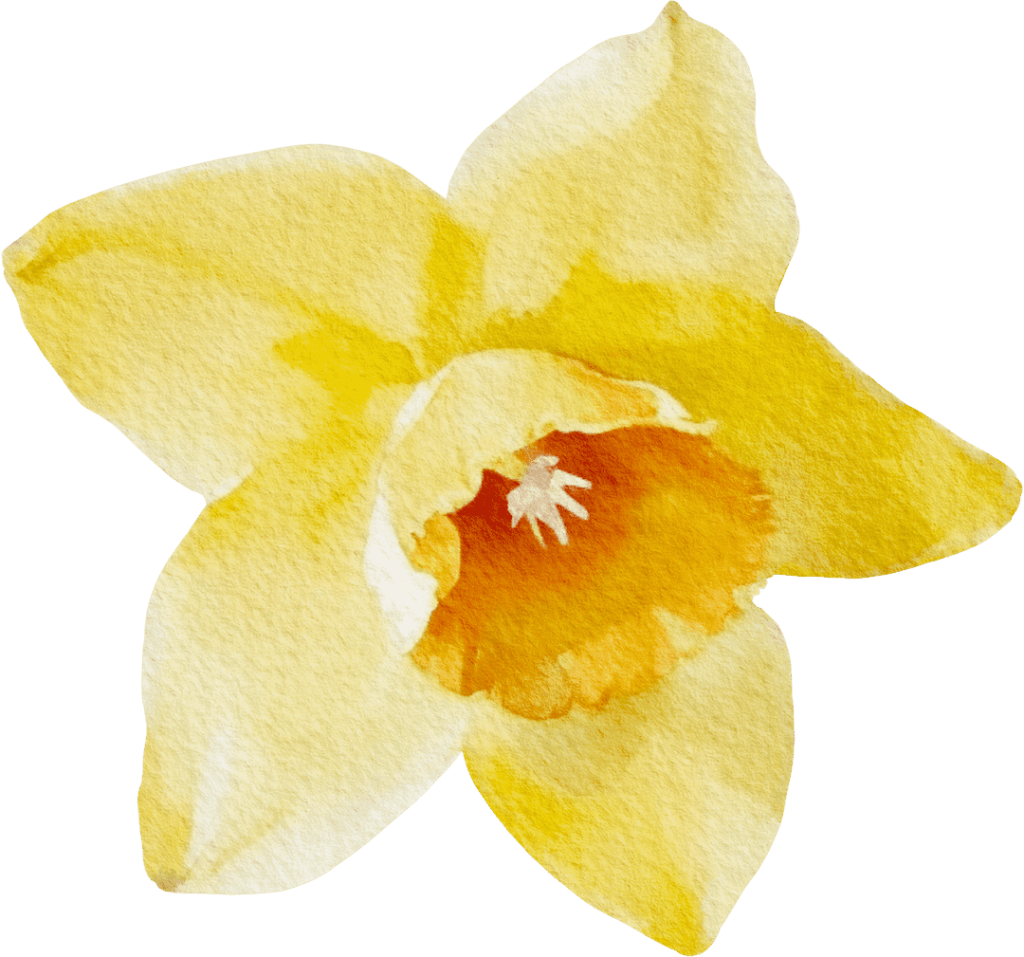Tofino Botanical Gardens transformed to honour Indigenous knowledge and conservation
The Naa’Waya’Sum Coastal Indigenous Gardens will provide place-based education and inspiration to support Indigenous-led conservation.
BY SHALU MEHTA & KELSIE KILAWNA, LOCAL JOURNALISM INITIATIVE REPORTER ● COWICHAN VALLEY ● APRIL 7, 2022
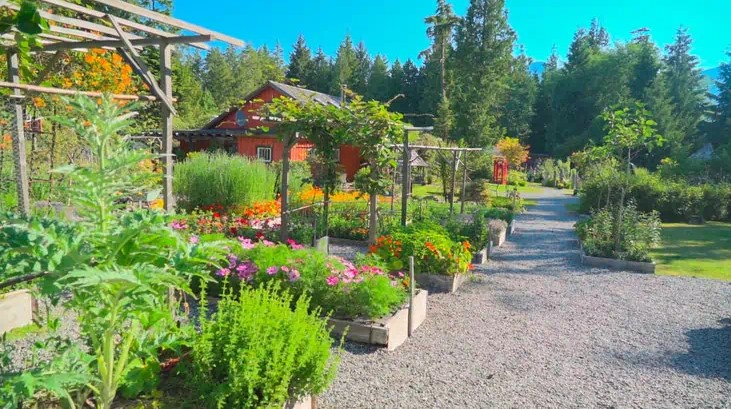
A major transformation is happening at the Tofino Botanical Gardens. After a transfer of ownership, the lands have “entered a new phase of life” and are becoming the Naa’Waya’Sum Coastal Indigenous Gardens, offering opportunities for place-based education and programming centred around Indigenous-led conservation.
On Tla-o-qui-aht lands, the 10-acre botanical gardens were established by Tofino resident George Patterson 25 years ago. Patterson said in a virtual announcement that for most of that time, he considered how the land could be given back to the Indigenous people who have been its stewards for generations.
Patterson eventually connected with Eli Enns, co-founder and president of the IISAAK OLAM Foundation, who facilitated the transfer of the land to MakeWay Canada’s Indigenous Protected and Conserved Areas (IPCA) Innovation Program. Enns is also the founder and co-director of the IPCA Innovation Program.
While the gardens will remain open to visitors, their function will shift to centre the transfer of knowledge and Indigenous-led conservation. The gardens will also become the first IPCA Innovation Centre in Canada, serving as a hub for education, collaboration and innovation to support the establishment and stewardship of Indigenous Protected and Conserved Areas.
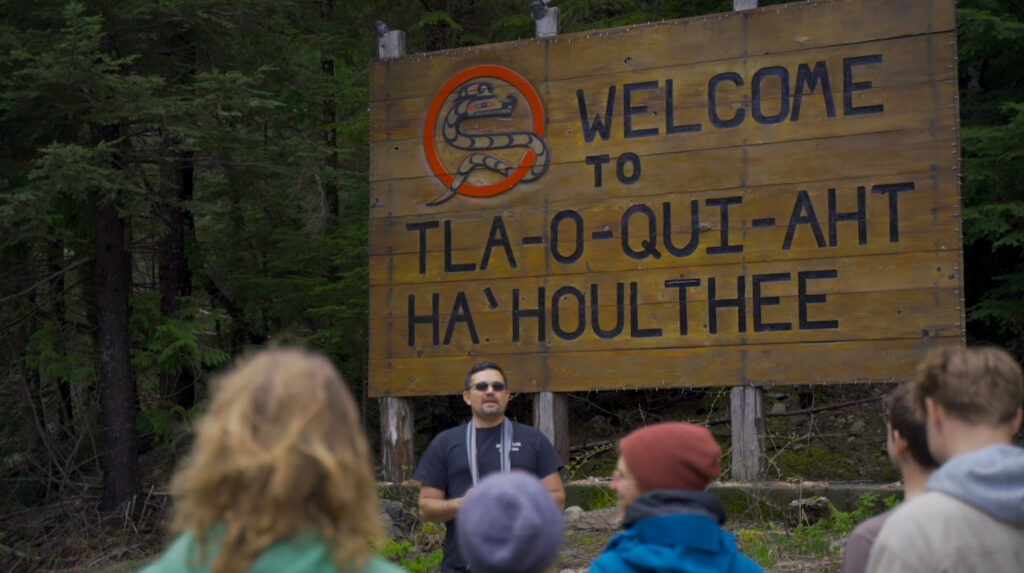
Enns says the transformed gardens will honour the past and build upon it for a better future.
“We intend to continue on in an evolution of the development of the property,” Enns said at the announcement. “[We’ll] continue on investing in inspiration and educational experiences.”
An ongoing relationship
At the virtual announcement, Enns said the significance of this transfer dates back to the year 1909. Tla-o-qui-aht Elders marked that year as when reserve boundaries began to be enforced by the Indian Agent. This meant Tla-o-qui-aht people could face fines or even incarceration for going past the settler-imposed boundaries to live out their cultural responsibilities to the land, including things such as sustenance fishing, harvesting and collecting firewood, Enns said.
Years later, in 1984, the B.C. government issued industrial logging permits to forestry company MacMillan Bloedel to harvest trees on Wah-nuh-jus – Hilth-hoo-is (now known as Meares Island). The island is part of Tla-o-qui-aht and Ahousaht territory and Enns says it was the people from those nations who enacted their responsibilities to the land and blockaded and challenged the province’s permitting decision in court. The Tla-o-qui-aht people, specifically elected Tla-o-qui-aht Chief Moses Martin, declared the lands a tribal park in April 1984. This declaration formally recognized the lands as an Indigenous Protected and Conserved Area, the first of its kind in B.C. at the time.
In 1985, the B.C. Court of Appeal granted an injunction to halt all logging activity on the land, but the fight to protect the lands and waters in the area continued for years after, Enns said. Notably, in 1993, thousands made their way to Tla-o-qui-aht territory to take part in the “war in the woods.” At the time, it was the largest act of civil disobedience in Canadian history (the Fairy Creek blockades have since taken this title).
Since then, Tla-o-qui-aht Nation has declared three other tribal parks: Tranquil Tribal Park, Ha`uukmin (Kennedy Lake Watershed) and Esowista Tribal Park.
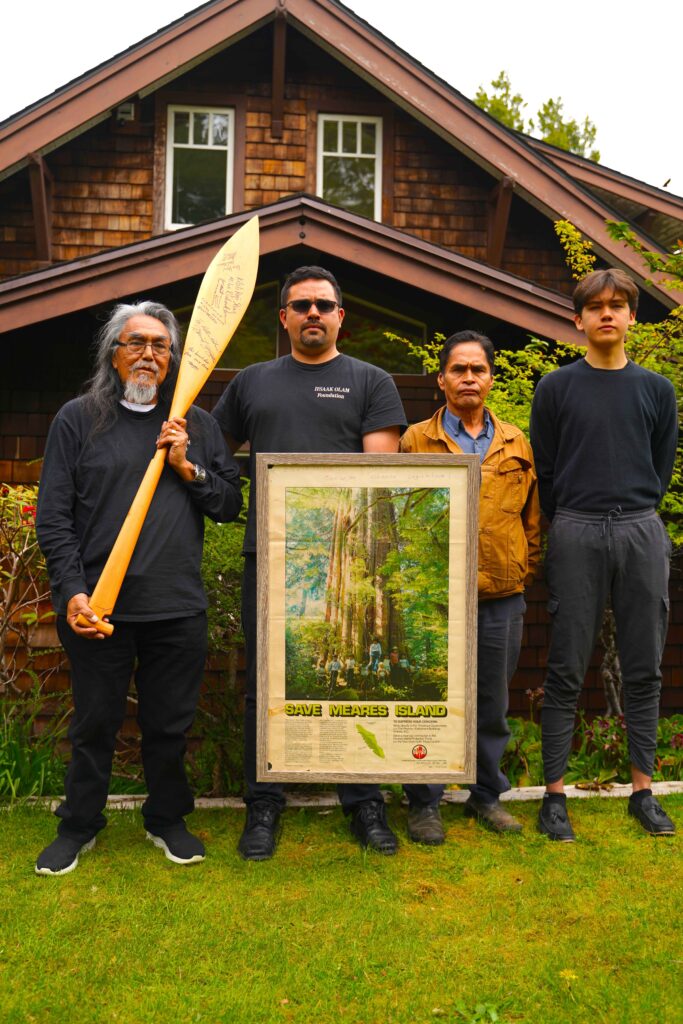
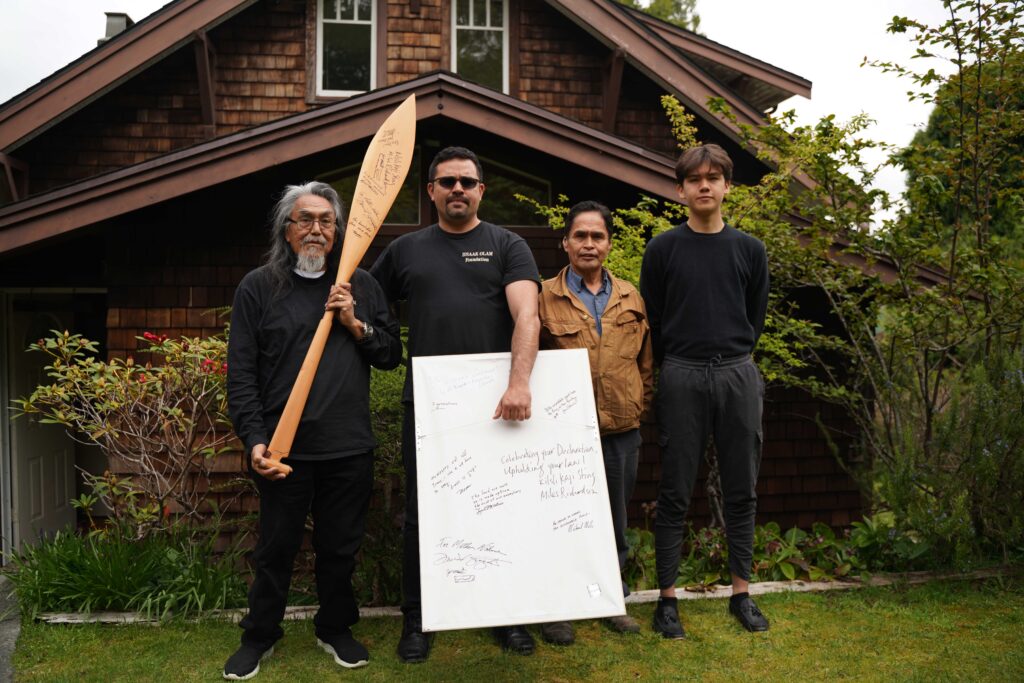
In 2021, Tla-o-qui-aht First Nation Chief Moses Martin and the province’s minister of Indigenous relations and reconciliation, Murray Rankin, signed the hisiikcumyin pathway agreement. The agreement lays the groundwork for future agreements, including Tla-o-qui-aht management and stewardship of tribal parks, economic development plans, land transfers, language preservation and more. It also serves as a foundational step to open discussions with the Canadian government to negotiate the implementation of Tla-o-qui-aht title, rights and self-governance.
Enns says the logging on Wah-nuh-jus – Hilth-hoo-is (Meares Island) in the 1980s also threatened the water supply for the District of Tofino, which sources its drinking water from four streams on the island. To this day, the district gives thanks to the Tla-o-qui-aht People for protecting the watershed and providing water to Tofino.
A positive intervention
Enns emphasized this history at the virtual announcement to highlight the ups and downs of the relationship between settlers and Tla-o-qui-aht First Nation. He says that while there were dark times in their relationship, there was also an influx of new residents who wanted to see equity and build positive relationships.
“Part of the evolution of that relationship comes with folks like George Patterson,” Enns said.
According to Enns, Patterson’s arrival and desire to conserve land — including the lands of Tofino Botanical Gardens — was a “positive intervention.”
“He put his money where his mouth was, so to speak,” Enns said.
Patterson, originally from the U.S., is a long-time nature lover. He spent time at the Wilson Botanical Garden and Las Cruces Research Station in Costa Rica, on the lands of the Huetar, Maleku, Bribri, Cabécar, Brunka, Ngäbe, Bröran and Chorotega Peoples, where scientists and the public have long been educated about botany, conservation, reforestation, sustainable development and more. He was inspired by his time there and brought those learnings to his home in Tofino, developing the Tofino Botanical Gardens with the knowledge he acquired, according to Enns.
“My very brief period of stewardship of the 10-acre property was really about 25 years and for most of that time, I spent a good bit thinking of how it could get passed back to the Indigenous community here,” Patterson said at the announcement. “Eli was the person who stepped up, found the money for the transaction and for me it couldn’t have been a better outcome.”
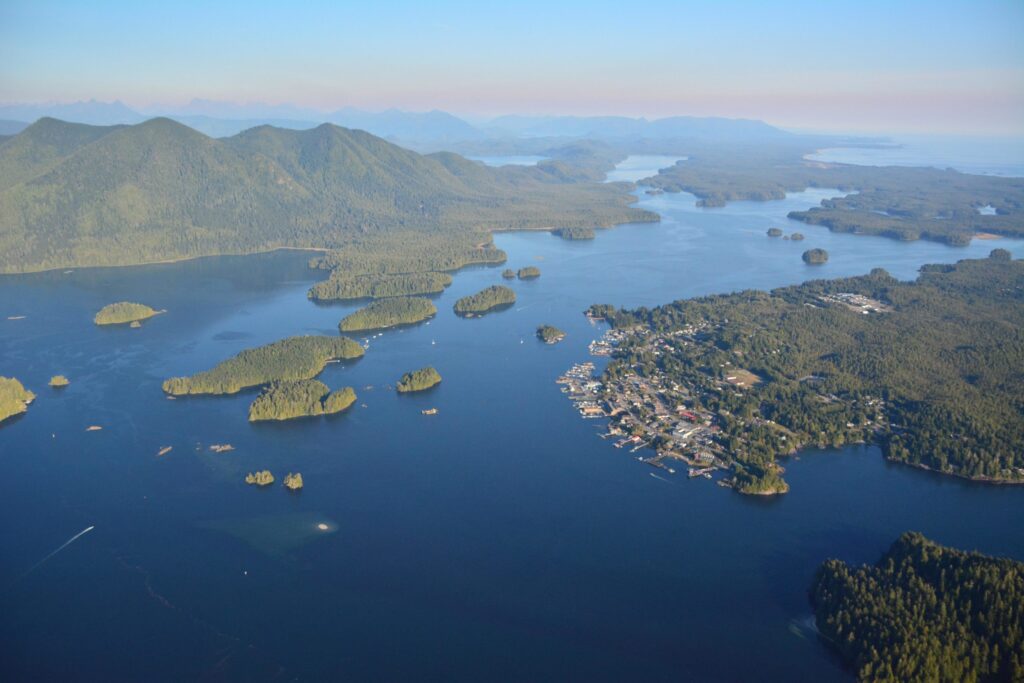
Enns says Patterson’s act of learning and bringing those learnings to improve his part of the world through the Tofino Botanical Gardens is a legacy that will live on in the new Naa’Waya’Sum Indigenous Coastal Gardens. He says he believes the gardens can offer learning opportunities that visitors can then take home with them.
Patterson will continue to be an advisor at the gardens for the next three years as the transition takes place, Enns says.
Transfer of knowledge
The gardens themselves have also been named after a significant Nuu-chah-nulth word about education. Naa’Waya’Sum honours the transfer of knowledge from one generation to the next, Enns explained at the announcement.
Enns said he has Levi Martin — an Elder and fluent Nuu-chah-nulth language speaker — to thank for bringing this word to him years ago. Martin described places in front of the Tla-o-qui-aht village sites where there were cedar benches. Elders would sit on the benches with young people from the community and pass on knowledge to them. These Naa’Waya’Sum benches were places of observation and where the transfer of knowledge from one generation to the next occurred.
“I couldn’t think of a better word for the gardens,” Enns said.
The legacy of sharing knowledge between generations will continue at the Naa’Waya’Sum Coastal Indigenous Gardens with language and biodiversity at the heart of it, Enns said in an interview with The Discourse.
“Linguistic diversity and biological diversity are interconnected because a language that has evolved in a particular part of the world is tailored to that place where it evolved,” Enns says. “When you lose language and culture, you lose connection to the land.”
Enns says language and biodiversity are at the heart of what an Indigenous Protected and Conserved Area is and is what the education programs that will be hosted at the gardens will teach.
To pay homage to Petterson’s learnings in Costa Rica, Enns says the on-site cafe at the gardens will be temporarily named the Little Costa Rica Cafe.
Supporting Indigenous conservation
The Naa’Waya’Sum Coastal Indigenous Gardens have become Canada’s first IPCA Innovation Centre — a place of learning, collaboration and inspiration to support Indigenous Protected and Conserved Areas, Enns says.
In 2016, Indigenous experts and Knowledge Holders came together to form the Indigenous Circle Of Experts. Their goal was to help the Canadian government expand protected and conserved areas in the country. Two years later, a final report called “We Rise Together” was presented with recommendations to support Indigenous-led conservation.
Related story: What are Indigenous Protected and Conserved Areas?
The term Indigenous Protected and Conserved Area (IPCA) was chosen by the Indigenous Circle of Experts to define a broad range of Indigenous-led land protection initiatives that promote conservation economies, protect food security and culture, lift up Indigenous rights, responsibilities and knowledge systems and support the reawakening of Indigenous languages.
The report defines IPCAs as “lands and waters where Indigenous governments have the primary role in protecting and conserving ecosystems through Indigenous laws, governance and knowledge systems.”
In 2019, the Conservation Through Reconciliation Partnership was created through a coalition of Indigenous and non-Indigenous leaders, scholars, organizations and experts. Their goal is to act on the recommendations in the “We Rise Together” report through a seven-year program. This work and the program is hosted by the IISAAK OLAM foundation (of which Enns is co-founder and president), the Indigenous Leadership Initiative and the University of Guelph.
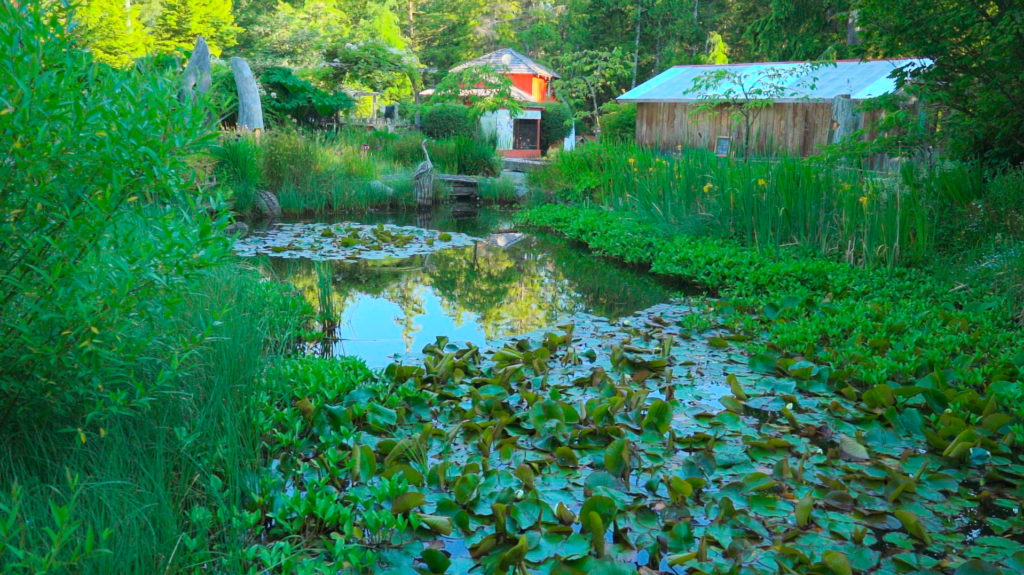
To support the partnership’s work beyond its seven years, three long-standing, legacy initiatives were identified. One is an interactive website, called a Solutions Bundle, to “build knowledge, capacity and relationships in support of IPCAs.” Another is an Indigenous Protected and Conserved Area network and the third is to create IPCA innovation centres to develop a model for learning and innovation to support IPCAs.
The Naa’Waya’Sum Coastal Indigenous Gardens will fulfil the third outcome by becoming the Clayoquot Campus for the Pacific IPCA Innovation Centre. It will eventually be part of a network of satellite campuses along the west coast from North to South America, Enns says.
“The West Coast location of Canada’s first IPCA Innovation Centre is appropriate considering the many decades of trailblazing undertaken by First Nations in British Columbia, starting with the Haida and Tla-o-qui-aht Tribal Parks in the early 1980s,” the Conservation Through Reconciliation Partnership website says.
A place of education
The centre will host virtual and in-person programs that take place in the classroom and on the land, Enns says. They’ll be available to Indigenous and non-Indigenous students, researchers and experts who are working to support IPCAs.
The IISAAK OLAM Foundation is also working with Vancouver Island University to develop an undergraduate IPCA Planning Certificate that complements the university’s Master of Community Planning program. The certificate will arm a new generation with the necessary skills and knowledge to support IPCAs and other Indigenous-led conservation initiatives in B.C.
Related story: Historic land agreement ‘will bring our people home,’ says SC’IA⁄NEW Chief
Other places of education that have partnered with the centre include the University of British Columbia’s Working Group on Indigenous Food Sovereignty, the University of Victoria’s Faculty of Engineering, the UBC Institute for Resources, Environment and Sustainability and more.
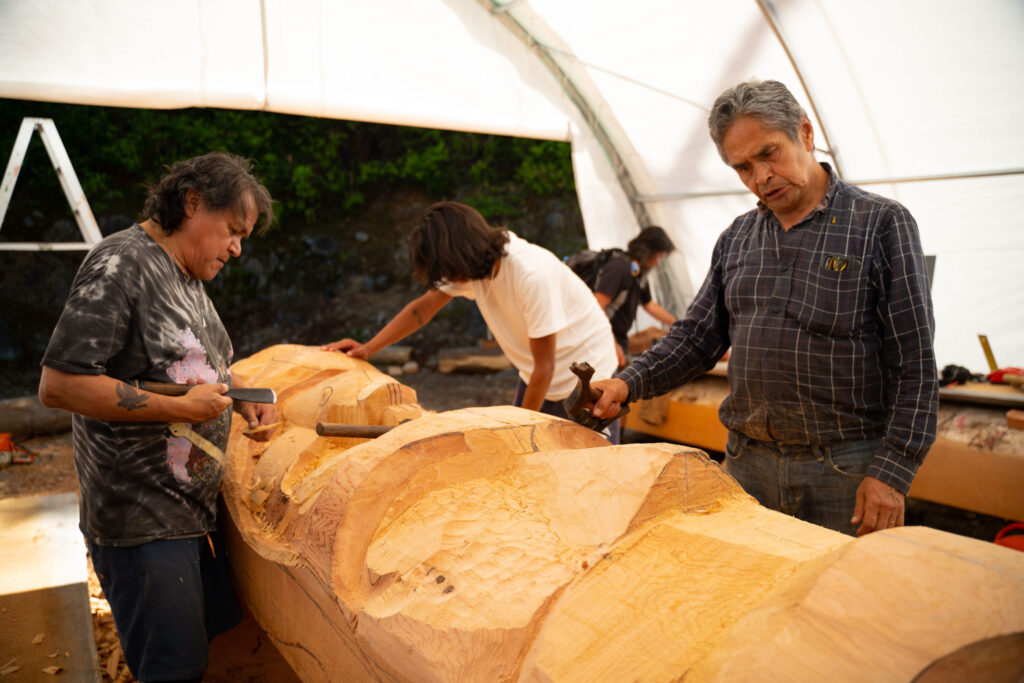
Nuu-chah-nulth knowledge and teachings will be at the heart of the Clayoquot Campus, including language learning, dug-out canoe and totem carving apprenticeships, storytelling and singing workshops, ethnobotany programs and traditional food harvesting.
Enns says the University for Peace in Costa Rica is also interested in developing a certificate program that will examine IPCAs through a dispute resolution lens.
Open to the public
The Naa’Waya’Sum Coastal Indigenous Gardens are open to the public, Enns says, and visitors will be able to access the gardens and see works of art and totem poles as they are created for the centre. The admission fee will go towards supporting the maintenance of the gardens, language and culture revitalization, carving projects and programming.
What was once the Ecolodge at the Tofino Botanical Gardens is now the IISAAK Learning Lodge and will predominantly used for students. Enns says non-accredited courses will be offered to the general public, too, with a certificate of completion.
This article was first published in The Discourse and IndigiNews and part of the Local Journalism Initiative.
This article was shared with permission from the original stories:
thediscourse.ca/cowichan-valley/tofino-botanical-gardens
indiginews.com/cowichan-valley/tofino-botanical-gardens
Photography courtesy: Jeremy Williams / RiverVoices.ca
